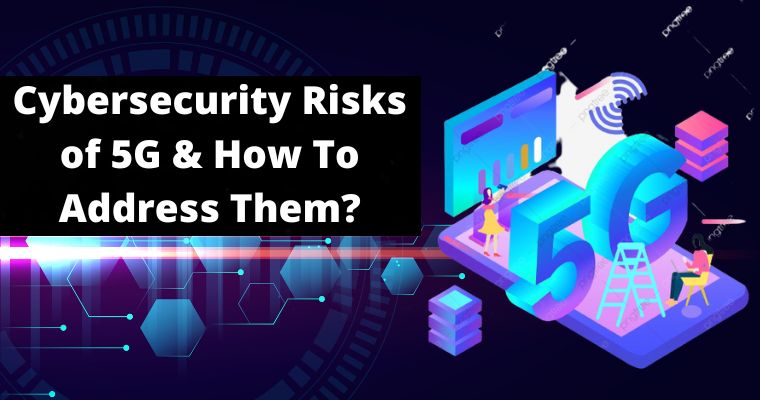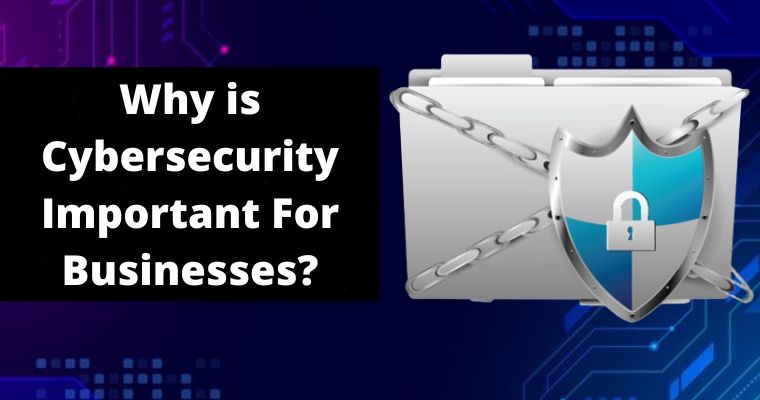Time has changed now and technology is also changing rapidly with time. This change has been seen in every sector of technology.
In earlier times, there used to be 2G technology, then came 3G, and then like this, now it is the turn of 5G.
5th-generation network connectivity has become a necessity in almost every sector.
But someone rightly said that as technology progresses, the dangers associated with it will also increase, so in today’s article, we will tell about 5G cybersecurity threats and will give you complete information about the ways to avoid them.
Ever since the first invention of mobile data was launched thirty years ago, all new upgrade has been called – or at least been marketed – as a ground-breaking step forward.
But, in reality, all the way up to 4G, the networks’ bare bones have pretty much stayed similar, just replaced with newer hardware. 5G is currently transforming and improving mobile connectivity.
With its high speeds & lower latency, about all sectors are now in the place to digitize applications and services they couldn’t reverie having not long ago.
With fifth-generation mobile communications standard networks, billions of devices & IoT (the internet of things) are connected — leading to use cases like elegant cities, AR/VR on mobile networks, remote medication & much more. The potential is almost limitless.
But, the massive prospective and about unlimited connectivity bring about numerous security challenges. Security capabilities are a critical aspect of your 5G-ready success.
What risks does 5G initiate? What security improvements are built in? And what role must managed services play in your 5G safety strategy?
Table of Contents
Crucial Aspects of 5G Security and Architecture
Nowadays, the idea of “5G security” lacks an official definition as the expertise is still quite new and developing.
This is not to say that 5G safety does not exist. In fact, safety was one of the main considerations in 5G’s development & planning.
When it comes to 5G security, we have to think about it as a complementary act. On one hand, safety was built into 5G from the ground up. Though, along with the increased bandwidth and speed, a tidal sign of new devices and connections will make managing safety much harder.
At its core, fifth-generation wireless networking architecture was built to make sure the consistency of connections. Here are five core properties of 5G security: resilience, identity management, communication security, privacy, & security assurance.
As per the document, 5G’s reliability is made possible by a set of safety features that were built using system design principles useful with a risk-based mindset.
Delving into the technical details of the 5G security planning is beyond the scope of this piece of writing. But if there is one aspect that stands out and must be highlighted here, it is the idea of network slicing.
Network slicing let different networks & services share a similar infrastructure but are isolated and segregated from all others. Network slicing carves out (or slices, as it were) particular types of network traffic to match different use cases — be it venture, customer, IoT, or public security.
5G’s security architecture let noteworthy performance benefits and a variety of applications as it leverages system slicing, cloud-based resources, virtualization, & other promising technologies.
With these flourishes & changes, however, innovative security risks and additional attack surfaces should be addressed.
What Are the Cybersecurity Risks of 5G?
There are several risks enterprises, businesses and organizations face when adopting 5G technology.
These comprise the transition from hardware to software-based networks, the growth of IoT devices, the risk of accessibility compromise, & the lack of end-to-end encryption early in the connection procedure.
Exposing The Internet Of Things (IoT) Universe
Consumer electronics, industry, network appliances, & industrial IoT (IIoT) devices are all driving the exponential development of IoT systems. 5G technologies will get better at a number of IoT use cases, thereby adding to the creation of IoT devices – in fact, individuals and organizations aren’t ready to fully defend themselves in the instant future.
IoT products are infamously vulnerable appliances since the build prioritizes simplicity of use and connectivity. Whether it’s a misconfiguration or insufficient safety or patching, new vulnerabilities found in IoT systems appear to make the news every week.
Unluckily, threat actors can also take benefit of 5G’s superior connectivity, executing network attacks quicker than ever before. Hackers can supply malware via IoT networks, disrupt supply chains in development, & use a fleet of routers as an IoT botnet to launch a DDoS attack.
Poor Network Visibility
With 5G, our networks will simply increase and turn out to be more usable by mobile devices. This means much more traffic to handle.
But without a vigorous wide area network (WAN) safety solution like Secure Access Service Edge (SASE) in place, companies might not be capable to get the network traffic visibility necessary to recognize abnormalities or attacks.
Increased Supply Chain and Software Vulnerabilities
Presently and for the predictable future, 5G supply chains are limited. Threats exist — mainly as devices are rushed to the marketplace — increasing the possibilities for faulty and apprehensive components. Compared to conventional mobile networks, 5G is also more dependent on software, which elevates the risk of the use of the network infrastructure.
Additional Devices and Bandwidth For Hackers To Use
As well as speed 5G will have a much superior bandwidth than some networks before it. While this is good news for customers and businesses, hackers will also take benefit from this.
As we’ve stated, several IoT devices are insecure and will quickly become favorite targets for hackers. And with more accessible bandwidth, they can produce more dominant DDoS attacks that can overpower your network and services.
Lack of Encryption
Although end-to-end encryption has possible in a 5G-driven network, hackers can still gain access to devices early in the connection procedure. Attackers can move agilely and cause more damage from compromise just one 5G device.
Eventually, increasing the number of objects that are not just online but also included with one another on a single network will always boost vulnerabilities.
Edge Attacks
Data breaches possibly occur at the ‘network edge’ where workers access cloud apps because of insufficient security controls about remote devices and wireless networks.
The growing use of ‘bring your own device’ (BYOD) policies also includes more threats to your IT infrastructure. Workers using their private phones to access your business network and apps creates novel entry points for hackers looking to take sensitive information.
Your IT supplier can help ease these risks by taking a practical approach to cyber security and creating safe end-to-end networks that guard data against the edge of the cloud.
This security strategy will decrease risk, making it harder for hackers to get through hidden & reduce costs associated with possible fines and lost business due to cyber attacks.
The need for speed
Incongruously, speed also introduces its own risks. 5G is very fast, as networks love to remind us, but this also means that stealing data from a hacked device will take a hacker far less time.
Frequently a sign that a compromise has taken place is noticeably high network traffic, something that is debatably less likely to be noticed in a really high-speed, high-volume network. With 5G, a user may have access to data before any monitor notices.
How You Should Prepare For 5G Cybersecurity Risks?
If you’re considering 5G for your business, be certain to take the following security & privacy considerations into account:
Developing a 5G Focused Cybersecurity Policy
Proactive Investment in Cyber security – To tackle cyber threats, ventures and governments should place an equivalent, if not greater, focus on 5G cyber security strategies. Investing in cyber security will be initial in gaining the upper hand on cyber threats and opposition.
Applying Automation in Security – Include security automation in the equipped framework of 5G networks that can possibly recognize, assess and prioritize incoming threats as they come out, decreasing the general response time.
Safety automation provides advanced visibility into risks and makes simpler cyber security operations to reduce complications.
Deploying a Zero-Trust Framework – Securing 5G networks need a planned Zero Trust approach, eliminating understood trust and prioritizing confirmation at all digital interaction stage.
Zero Trust starts with venture-exclusive security needs to reduce acute risk and attain enterprise resilience. Establishing Zero Trust is a prospect for enterprises to correctly rebuild a 5G security network from the ground up.
Here are Some Tips To Avoid 5G Cybersecurity Risks
Set up an anti-virus program on your devices. These will help avoid your devices from becoming hacked or compromised.
Always Use a VPN to stop outsiders from accessing your data without permission & spying on your online movement.
Apply strong password security. Constantly use passwords when accessible and make them extremely strong. Extended strings of random characters are considered the finest passwords possible. Ensure you include uppercase, lowercase, special character, & number as well.
Keep your IoT devices updated with the latest security patches. This comprises your mobile phone, computers & all smart devices. Keep in mind, that any device that connects to the internet, Bluetooth, or additional data radio must have all the newest updates (apps, firmware, OS, etc.)
Conclusion
As 5G develop, businesses will have to change their approach when it comes to cyber security, in order to acclimatize.
The reality is that devices, mainly mobile phones, which were not previously thought to need such protections, will need firewalls, & will need to be managed as if they were on the open internet.



